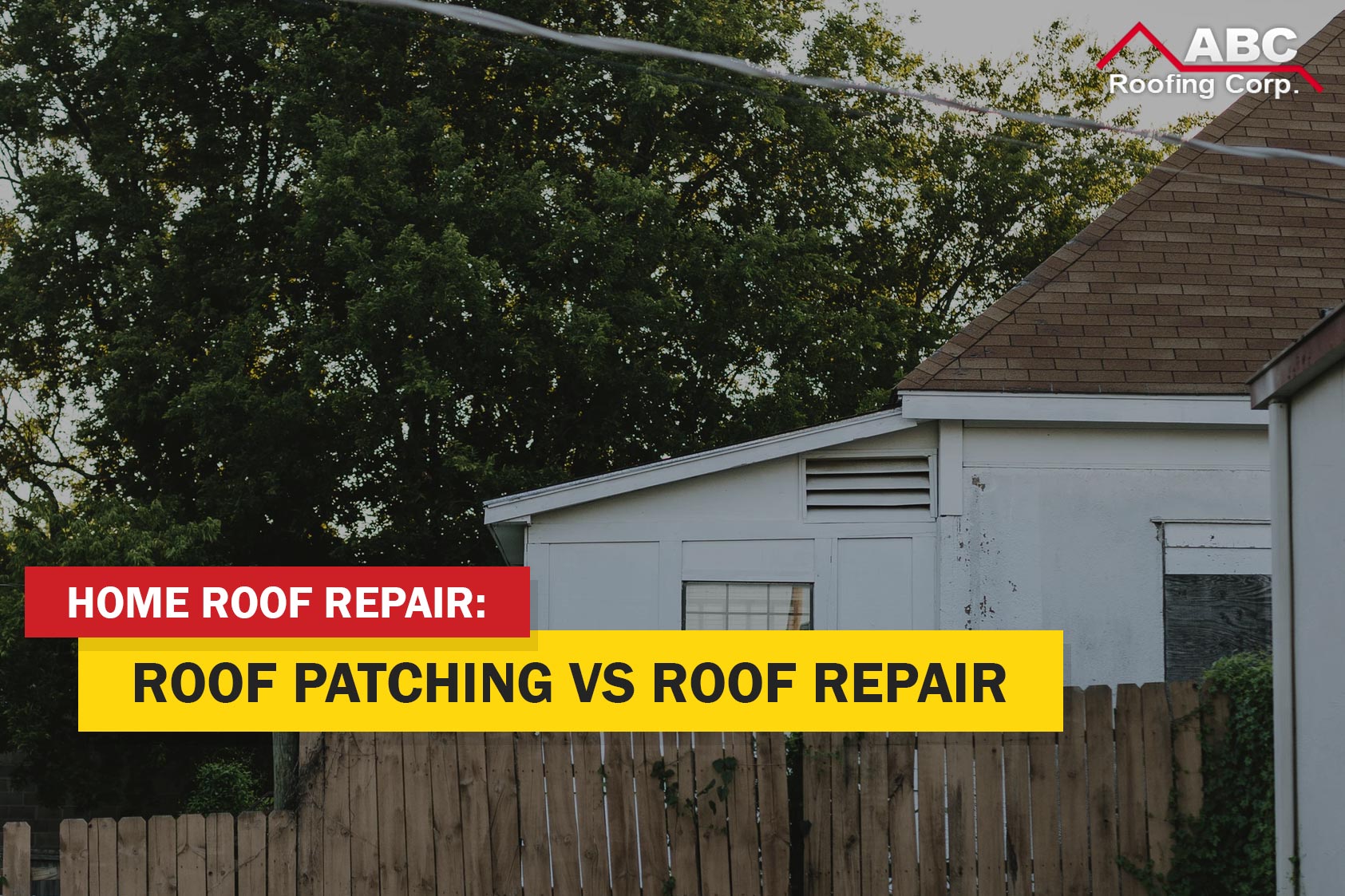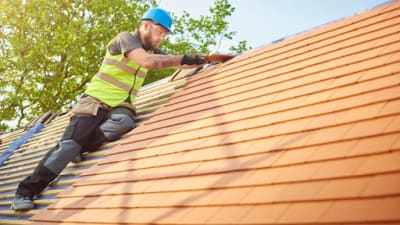Roofing Oahu: Expert Professional Roofer for Your Oahu Residential or commercial property
Roofing Oahu: Expert Professional Roofer for Your Oahu Residential or commercial property
Blog Article
Understanding the Different Kinds Of Roof Coverings: A Comprehensive Guide for Homeowners
With an array of alternatives-- ranging from the traditional gable to the contemporary flat-- each kind provides one-of-a-kind benefits and obstacles that must line up with the house owner's details demands and ecological considerations. As we discover the complexities of various roof types, it becomes apparent that one size does not fit all; the right selection may stun you.
Saddleback Roof
Saddleback roofs, defined by their triangular form, are amongst one of the most popular roof covering styles due to their simplicity and performance in dropping water and snow. This style includes 2 sloping sides that satisfy at a ridge, allowing for effective drainage and minimizing the danger of water accumulation. The high pitch generally connected with gable roofings enhances their capacity to take care of heavy precipitation, making them ideal for various climates.
In addition to their sensible benefits, gable roofing systems provide aesthetic convenience. They can be adjusted to various building designs, from typical to contemporary homes. The layout can additionally accommodate added features such as dormer home windows, which enhance natural light and air flow in the attic space.
In addition, gable roofings supply ample space for insulation, adding to energy performance. Homeowners can select from a range of roof products, including asphalt tiles, steel, and floor tiles, better boosting customization choices.
Regardless of their benefits, saddleback roofs might need extra support in locations prone to high winds or hefty snowfall. Generally, the gable roof covering continues to be a preferred option as a result of its blend of functionality, resilience, and aesthetic appeal.
Flat Roofs
Flat roofs are frequently identified for their minimalist layout and practical applications, especially in commercial and business settings (oahu roofing). These roofs feature a straight or almost horizontal surface area, which allows for simple building and versatile space utilization. While they may do not have the aesthetic allure of angled roofs, level roofs provide many advantages, especially in city settings where making best use of space is vital
Among the primary benefits of flat roofings is their access. Property owners can use the roof covering room for numerous purposes, such as roof gardens, terraces, or solar panel installments. Furthermore, level roofs are typically extra cost-effective to preserve and install compared to their sloped equivalents, as they call for fewer products and labor.
Typical materials used for flat roofs consist of built-up roof (BUR), modified asphalt, and single-ply membrane layers, each offering distinctive benefits. On the whole, flat roofs serve as a practical and adaptable choice for lots of house owners and companies alike.
Hip Roofings
Hip roofing systems are defined by their sloped sides that converge at the top, creating a ridge. This layout stands out from gable roofings, as all 4 sides of a hip roofing slope downwards toward the wall surfaces, providing a more steady framework. The angle of the inclines can vary, permitting flexibility in building appearances and capability.
One of the key benefits of hip roof coverings is their ability to withstand heavy winds and adverse climate condition. The sloped surfaces make it possible for much better water drainage, reducing the risk of leaks and water damage. In addition, hip roof coverings use raised attic room, which can be made use of for storage space and even transformed into comfortable areas.
However, building a hip roof can be much more complex and expensive than easier roof covering types, such as saddleback roofs. The extra material and labor involved in creating the inclines and guaranteeing proper architectural stability can cause higher expenses. Regardless of these disadvantages, several property owners prefer hip roofing systems for their sturdiness, aesthetic appeal, and potential for power performance.
Mansard Roofs
Mansard roof coverings, typically identified by their special four-sided layout, attribute two inclines on each side, with the reduced incline being steeper than the top. This architectural design, originating from France in the 17th century, is not just cosmetically appealing however useful, as it makes the most of the functional area in the top floorings of a building. The high reduced incline permits even more headroom, making it an optimal option for attics or lofts, which can be exchanged living areas.
Mansard roofing systems are identified by their versatility, accommodating various building designs, from traditional to contemporary. They can be constructed with various products, consisting of asphalt roof shingles, slate, or steel, providing home owners with a range of options to suit their budget plans and choices. Furthermore, the style permits for the integration of dormer home windows, boosting all-natural light and air flow in the upper levels.
Nonetheless, it is vital to think about the possible downsides. Mansard roofs may call for even more maintenance as a result of the intricacy of their style, and their high inclines can be testing for snow and rain drainage. Overall, mansard roof coverings incorporate style with functionality, making them a preferred choice amongst homeowners looking for unique architectural features.
Dropped Roofs
As home owners progressively look for simpleness and capability in their architectural designs, lost roofings have arised as a popular option. Characterized Read Full Article by a solitary sloping plane, a shed roof provides a minimal aesthetic that enhances different home styles, from contemporary to rustic.
One of the key benefits of a shed roof covering is its uncomplicated building, which often equates to lower labor and product costs. This design permits reliable water drain, minimizing the danger of leaks and water damage. Furthermore, the upright slope offers ample area for skylights, enhancing natural light within the inside.
Lost roofs also offer adaptability in terms of usage. They can be successfully integrated into additions, garages, or outside frameworks like sheds and pavilions. Moreover, this roof covering design can fit numerous roof materials, consisting of metal, asphalt shingles, or perhaps green roofs, aligning with green campaigns.
Nonetheless, it is vital to consider local climate problems, as heavy snow tons may demand changes to the roofing's angle or framework. Overall, shed roof coverings present a practical and cosmetically pleasing option for property owners looking to make best use of capability without endangering design.
Conclusion


Gable roofing systems, identified by their triangular shape, are among the most popular roofing styles due to their simplicity and effectiveness in losing water and snow. oahu roofing. The high pitch frequently linked with gable roofs enhances their capability to take care of heavy precipitation, making them appropriate for various climates
While they may do not have the visual charm of pitched roof coverings, level roofing systems use various advantages, especially in metropolitan environments where taking full advantage of room is important.

Report this page